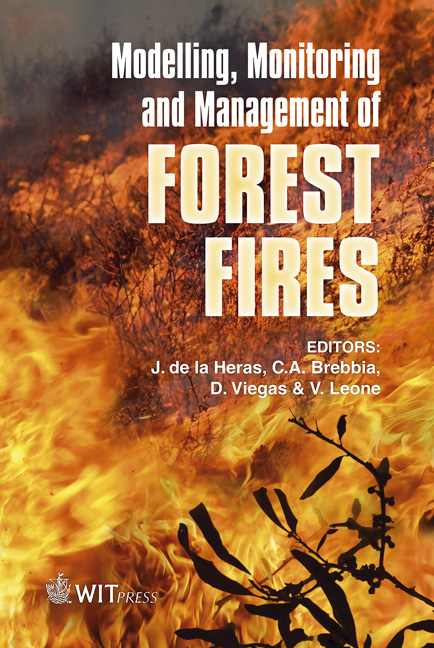Evaluating Spatially-explicit Burn Probabilities For Strategic Fire Management Planning
Price
Free (open access)
Transaction
Volume
119
Pages
8
Page Range
245 - 252
Published
2008
Size
1324 kb
Paper DOI
10.2495/FIVA080251
Copyright
WIT Press
Author(s)
C. Miller, M.-A. Parisien, A. A. Ager & M. A. Finney
Abstract
Spatially explicit information on the probability of burning is necessary for virtually all strategic fire and fuels management planning activities, including conducting wildland fire risk assessments, optimizing fuel treatments, and prevention planning. Predictive models providing a reliable estimate of the annual likelihood of fire at each point on the landscape have enormous potential to support strategic fire and fuels management planning decisions, especially when combined with information on the values at risk and the expected fire impacts. To this end, a spatially-explicit modelling technique, termed ‘burn probability’ (BP) modelling, has been developed to simulate fires as a function of the physical factors that drive their spread – fuels, weather, and topography – using the most sophisticated landscape-scale fire spread algorithms available. Despite several applications of the BP technique, much remains to be learned about their predictive ability. To achieve this goal, we are conducting experiments to not only unearth new discoveries about the complexities of fireenvironment relationships, but also to test and compare the relevance and accuracy of modelling approaches. Keywords: burn probability, simulation modelling, strategic planning, wildland fire risk, fuel treatments.
Keywords
burn probability, simulation modelling, strategic planning, wildlandfire risk, fuel treatments.





